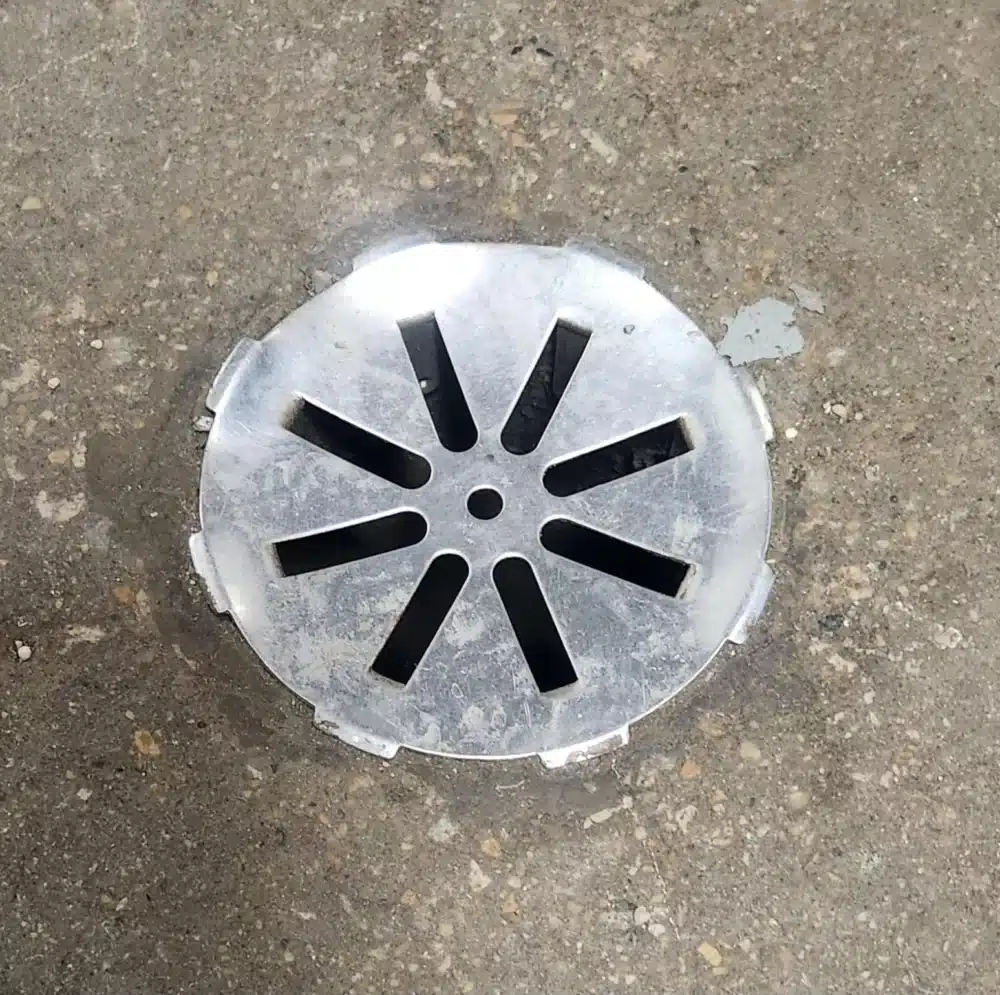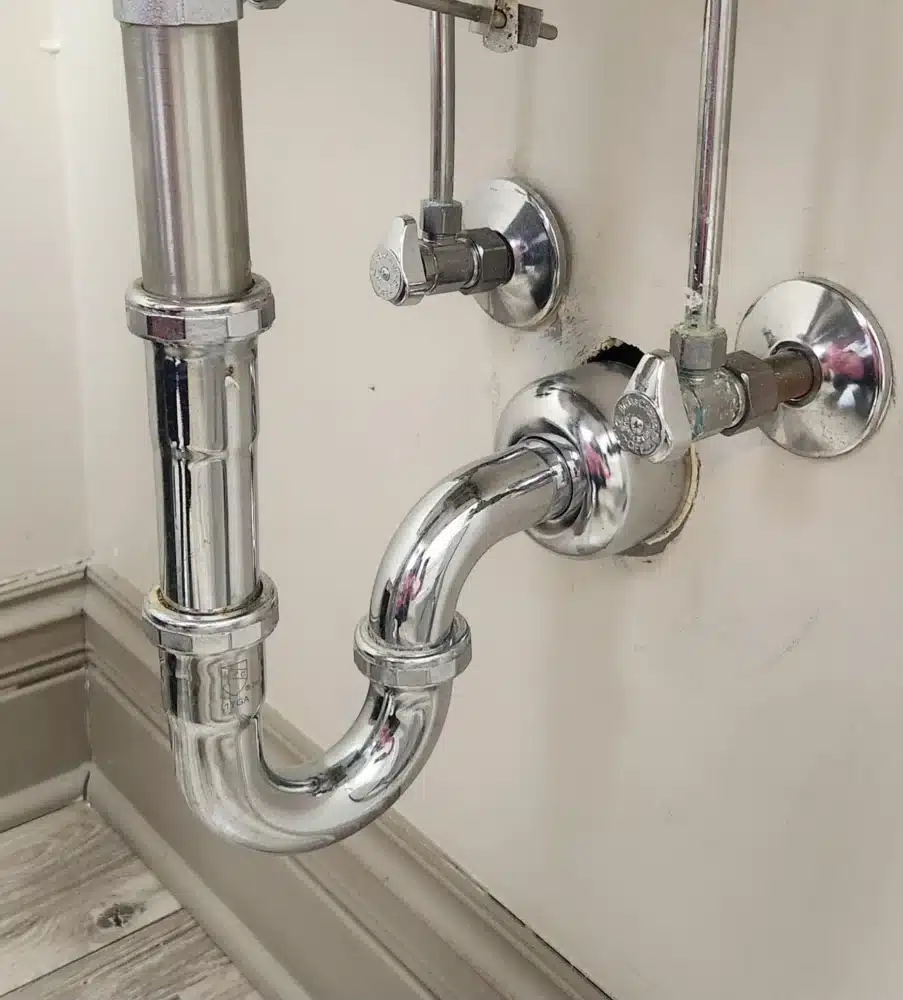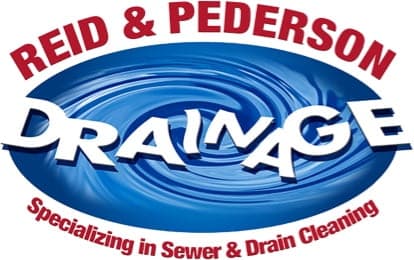A Drainage Minute: The Reid & Pederson Drainage Blog
A Drainage Minute: What’s That Odor?
Stop Sewer Odors at the Source: Simple Tips to Prevent Dry Drains

Have you ever walked into your bathroom, basement, or laundry room and been hit with a sudden, unpleasant sewer smell?
Before you panic about costly drain repairs or a major backup, take a deep breath (maybe not too deep!)—the culprit might be something surprisingly simple: a dry drain.
Keep reading to learn how to fix this common issue in just minutes—or call your local drain and sewer experts at Reid & Pederson Drainage today if you’d rather leave it to the pros.
Call (708) 757-9040The Sneaky Cause Behind That Sewer Smell
Most homeowners associate sewer odors with clogs or serious plumbing issues. While those are possible causes, one of the most common—and easily fixable—reasons is an unused drain.
Every drain in your home is designed with a critical feature: a P-trap. This curved pipe, typically found beneath sinks, tubs, showers, floor drains, and even your washing machine hookup, holds a small amount of water that acts as a barrier. This barrier keeps sewer gases from rising up and entering your living space.
But here’s the catch: if a drain isn’t used for a while, the water in the P-trap evaporates. When that happens, the barrier is gone, and foul-smelling gases have a clear path into your home. Even worse, dry pipes become a breeding ground for bacteria, amplifying the odor.
Common Places Where Drains Go Dry
It’s easy to forget about seldom-used drains until they start to stink. Here are a few spots where dry drains often catch homeowners off guard:
- Guest bathrooms or powder rooms
- Basement utility sinks or floor drains
- Laundry room floor drains
- Unused showers or tubs
- Garage or workshop sinks
Simple Maintenance to Prevent Dry Drains
The good news? Keeping drains from drying out is quick and easy. Just a few minutes of maintenance each month can save you from dealing with nasty smells—and prevent bigger problems down the line.
Here’s what we recommend:
✅ Run water in unused sinks, tubs, and showers for at least 1 minute each month. This keeps the P-trap full and functioning.
✅ Pour a few buckets of clean water into floor drains.
✅ Flush toilets in guest bathrooms or rarely used areas once or twice a month. It’s a good excuse to double-check for leaks or other hidden issues, too.
✅ Add water to appliance drains. Floor drains near washing machines or HVAC systems can dry out between cycles—especially in dry winter months or unused laundry rooms.

Still Smelling Something Funky?
If you’ve tried these quick fixes and the sewer smell persists, it may be time for a deeper investigation. Persistent odors can indicate:
- Clogged or partially blocked drain lines
- Damaged or improperly installed P-traps
- Ventilation problems in your plumbing system
- A sewer line backup in progress
Don’t wait until it becomes a major mess. Professional sewer rodding or drain cleaning might be the next step to clear things out and restore fresh air in your home.
Call the Local Drain Experts
At Reid & Pederson Drainage, we specialize in diagnosing and resolving sewer odor issues quickly and effectively. Whether it’s a simple dry trap or a more serious sewer concern, our expert team is here to help.
Call us today to schedule a service visit or learn more about how to keep your home smelling clean and fresh year-round!
Call (708) 757-9040